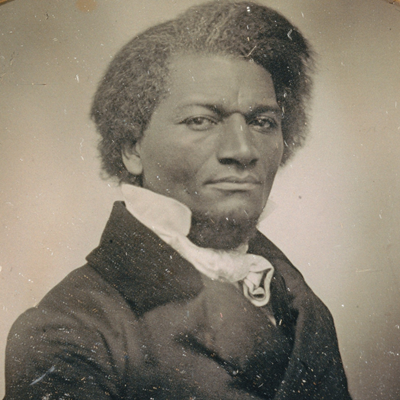
Uncomfortable. Nervous. Surprised.
These are some of the words our clients have been using lately to describe how it feels to be speaking in front of audiences again.
The months and months of online presenting have made them excited to be in front of people — but also feeling a little out of sorts.
Consider these four differences between online and in-person as you find your footing as we return to presenting on stages and in conference rooms.
Eye contact can work the room.
Online presentations have conditioned us to either look at the tiny camera in order to "look" into our audience's eyes or, more common, to look at the screen on our computer, watching our audience but not making eye contact with them.
Neither is true eye contact, of course, and presenting in person frees you from the confusion. Relish the opportunity to make individualized, locking eye contact with members of your audience and reap all the benefits.
Even with a large audience, individualized eye contact can elevate your audience rapport and influence your vocal tones and delivery.
You can take up more space.
You have room now to stretch your arms out for gestures or to move with purpose. Take advantage of it when it makes sense with your presentation!
At the very least, work on making gestures a bit larger and freer. Many speakers we work with tend to gesture right in front of their mid-torso, elbows in. A subtle but impressive change is to get your elbows away from your body a bit and bring hands up and out.
When you move your body, it frees your voice.
Nerves have been creeping up unexpectedly, our clients tell us, as they go back to in-person presentations. Quite a few say their voices feel tight, even a little shaky. Being on your feet means you have options that can help.
One way to relieve the stress in the voice is to move the body. Moving helps you shake off the stiffness and nerves, and it gives you and your audience something additional to focus on.
The best movements—body language, gestures, facial expressions—support what you're saying. So if "profits are up," maybe you can lift your hand to show that. And in doing so, you'll help your voice find its happy place.
Pausing doesn't mean there's been a technical meltdown.
Pauses are one of those "secret weapons" of skilled speakers: We hear our most experienced clients tell us that discovering the power of the pause has been huge.
Yet, pausing has been a tough sell for many when it comes to virtual presentations. Students in our programs say they're worried everyone will think an extended pause means there's a glitch in the system. And that's fair.
The good news is that with the return of in-person presentations, pausing can make a return as a valuable tool. As you stand up in front of groups, remember that pauses help audiences keep up, can build anticipation, and can recapture attention.
Learn more:
Need a refresher on how to stand up and take command of a room. It's easy when you get back to the basics.
See what Taylor Swift has to say about the power of eye contact and how you can use it.
Rehearsing before a presentation is always a great idea. Here's how you can do that and still keep your message fresh.






